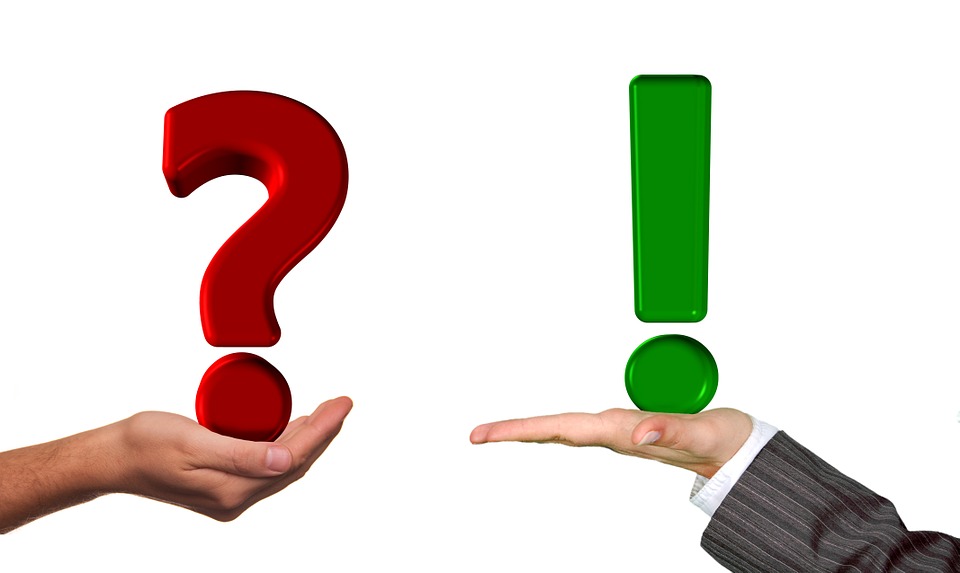
What Is Accounts Payable in Accounting?

Have you come across accounts payable? Not to be confused with accounts receivable, it’s used extensively in business accounting. The term “accounts payable” refers to an account with a short-term financial liability to a creditor or supplier. In essence, it’s an “account” that your business must “pay.” To learn more about accounts payable and how they work, keep reading.
Overview of Accounts Payable
As a business owner, you can’t expect to make money without spending money. If you run a retail store, for example, you’ll probably need to purchase inventory and insurance as well as lease a building. Some vendors, however, allow you to pay at a later date. If a vendor sends you an invoice or bill for your purchase, he or she is extending you a line of credit. As a result, the transaction should be recorded as an accounts payable.
With accounts payable, your business has a financial obligation to another business. As a result, it’s recorded as debt — at least until you pay it off. Granted, not all businesses pay for products or services on credit. Some businesses make payments up front, thereby avoiding debt and its associated accounts payable.
Accounts Payable vs Receivable
Many business owners assume that accounts payable is the same as accounts receivable. While similar, though, they each their own respective purpose. Accounts payable is is an account to which your business owes money. In comparison, accounts receivable is an account from which your business owes money.
Purchasing inventory on credit from a vendor is an example of an accounts payable. In comparison, if you extend credit to customers or clients — meaning you deliver products or services to customers or clients and allow them to pay at a later date — it’s considered accounts receivable.
How to Record Accounts Payable in Quickbooks
So, how do you record accounts payable in Quickbooks? When you owe another business money, you must record it. First and foremost, however, you’ll need to create a purchase order containing an itemized list of all the products or services your business purchased. Next, you’ll need to receive the inventory, followed by entering the bills against the inventory. The final step to record accounts payable in Quickbooks is to pay the bills, at which point you’ll fulfill your financial obligations to the vendor.
Have anything else that you’d like to add about accounts payable? Let us know in the comments section below!
